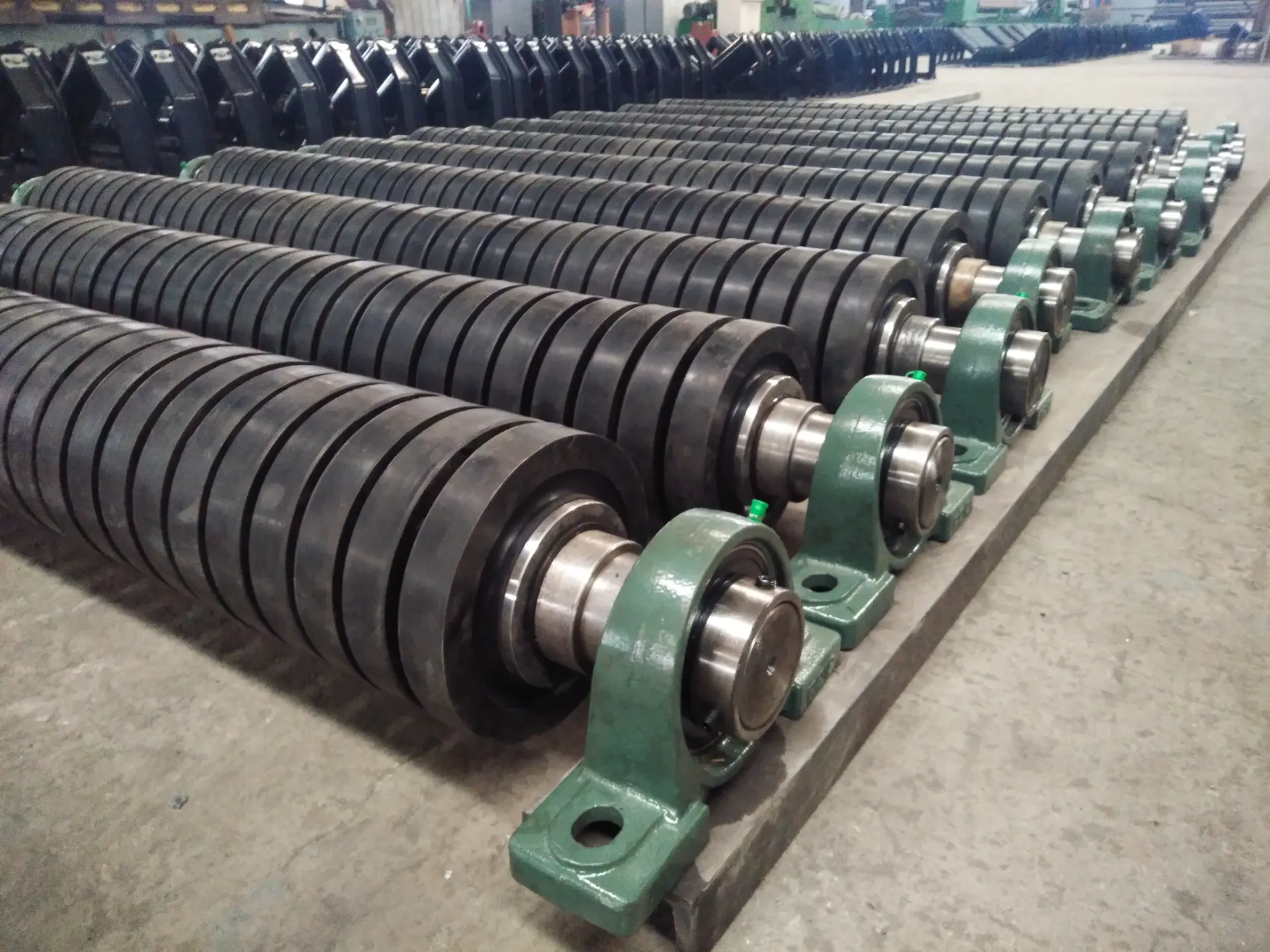 Afrikaans
Afrikaans  Albanian
Albanian  Amharic
Amharic  Arabic
Arabic  Armenian
Armenian  Azerbaijani
Azerbaijani  Basque
Basque  Belarusian
Belarusian  Bengali
Bengali  Bosnian
Bosnian  Bulgarian
Bulgarian  Catalan
Catalan  Cebuano
Cebuano  Corsican
Corsican  Croatian
Croatian  Czech
Czech  Danish
Danish  Dutch
Dutch  English
English  Esperanto
Esperanto  Estonian
Estonian  Finnish
Finnish  French
French  Frisian
Frisian  Galician
Galician  Georgian
Georgian  German
German  Greek
Greek  Gujarati
Gujarati  Haitian Creole
Haitian Creole  hausa
hausa  hawaiian
hawaiian  Hebrew
Hebrew  Hindi
Hindi  Miao
Miao  Hungarian
Hungarian  Icelandic
Icelandic  igbo
igbo  Indonesian
Indonesian  irish
irish  Italian
Italian  Japanese
Japanese  Javanese
Javanese  Kannada
Kannada  kazakh
kazakh  Khmer
Khmer  Rwandese
Rwandese  Korean
Korean  Kurdish
Kurdish  Kyrgyz
Kyrgyz  Lao
Lao  Latin
Latin  Latvian
Latvian  Lithuanian
Lithuanian  Luxembourgish
Luxembourgish  Macedonian
Macedonian  Malgashi
Malgashi  Malay
Malay  Malayalam
Malayalam  Maltese
Maltese  Maori
Maori  Marathi
Marathi  Mongolian
Mongolian  Myanmar
Myanmar  Nepali
Nepali  Norwegian
Norwegian  Norwegian
Norwegian  Occitan
Occitan  Pashto
Pashto  Persian
Persian  Polish
Polish  Portuguese
Portuguese  Punjabi
Punjabi  Romanian
Romanian  Russian
Russian  Samoan
Samoan  Scottish Gaelic
Scottish Gaelic  Serbian
Serbian  Sesotho
Sesotho  Shona
Shona  Sindhi
Sindhi  Sinhala
Sinhala  Slovak
Slovak  Slovenian
Slovenian  Somali
Somali  Spanish
Spanish  Sundanese
Sundanese  Swahili
Swahili  Swedish
Swedish  Tagalog
Tagalog  Tajik
Tajik  Tamil
Tamil  Tatar
Tatar  Telugu
Telugu  Thai
Thai  Turkish
Turkish  Turkmen
Turkmen  Ukrainian
Ukrainian  Urdu
Urdu  Uighur
Uighur  Uzbek
Uzbek  Vietnamese
Vietnamese  Welsh
Welsh  Bantu
Bantu  Yiddish
Yiddish  Yoruba
Yoruba  Zulu
Zulu components of a conveyor system
Components of a Conveyor System
Conveyor systems are essential in modern manufacturing and material handling processes. They enhance operational efficiency by automating the movement of goods and materials within various environments. Understanding the components of a conveyor system is crucial for anyone involved in designing, maintaining, or operating such systems. Below, we will explore the vital components that make up a conveyor system and their respective functions.
1. Conveyor Belts
At the heart of any conveyor system lies the conveyor belt. This continuous loop of material is designed to transport items from one point to another. Conveyor belts can be constructed from various materials, including rubber, fabric, plastic, and metal. The choice of material often depends on the application and the type of materials being moved. For instance, heavy-duty industries may require reinforced belts for transporting heavy blocks or components, while lighter applications may use fabric belts.
2. Drive Mechanism
.
The drive mechanism consists of components that provide the power to move the conveyor belt. This typically includes a motor and a series of gears or pulleys that create the necessary motion. Electric motors are the most common choice due to their efficiency and reliability. The drive mechanism plays a critical role in determining the speed and torque of the conveyor, which can be adjusted depending on the application requirements.
3. Support Structure
The support structure of a conveyor system includes the frame and any additional supports that hold the conveyor belt in place. This structure provides stability and ensures that the conveyor operates smoothly throughout its length. Steel is usually the material of choice for the support structure due to its durability and strength. The design of the support structure can vary greatly, from low-profile models used in packaging applications to elevated systems that require long spans.
4. Idlers and Rollers
components of a conveyor system

Idlers and rollers are components that support the weight of the conveyor belt and the materials being transported. Idlers are unpowered rollers that help guide and maintain the belt’s alignment. They are strategically placed along the conveyor length to minimize friction and wear on the belt. Rollers, on the other hand, aid in the movement of the belt by allowing it to glide smoothly. This reduces energy consumption and wear on both the belt and the drive mechanism.
5. End Drives and Take-ups
End drives are located at either end of the conveyor system and are responsible for the movement of the belt through the system. Take-ups are used to maintain proper tension in the belt, compensating for any slack that may develop as the belt wears down. Proper tension is essential to prevent the belt from slipping, which could cause product misalignment or even damage to the system.
6. Controls and Sensors
Modern conveyor systems are often equipped with advanced controls and sensors that enhance operating efficiency and safety. Control systems may include programmable logic controllers (PLCs) that automate the operation of the conveyor, enabling features like variable speed control and integration with other systems. Sensors can detect the presence of products on the belt, monitor speed, and identify any malfunctions. These technologies help streamline operations and prevent accidents or equipment failures.
7. Safety Devices
Safety is paramount in conveyor system design. Various safety devices, such as emergency stop buttons, safety guards, and warning lights, are integrated to protect both operators and equipment. Emergency stop buttons allow for immediate shutdown of the system in case of an emergency, while guards prevent accidental contact with moving parts. Regular safety audits ensure that all devices function correctly, maintaining a safe working environment.
Conclusion
Conveyor systems are complex assemblies composed of various interrelated components. Understanding each component's role is crucial for anyone involved in the design, operation, or maintenance of these systems. From the conveyor belt and drive mechanism to idlers, rollers, and advanced control systems, each part contributes to the overall efficiency and effectiveness of the system. As industries continue to evolve, innovations in conveyor system design and technology will be instrumental in meeting the demands of modern manufacturing and distribution processes. By optimizing these components, businesses can achieve higher productivity, improved safety, and reduced operational costs.





























